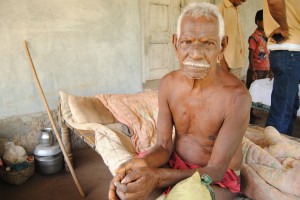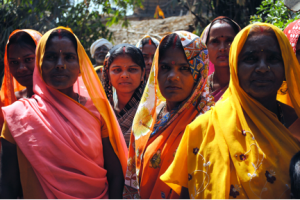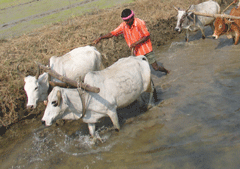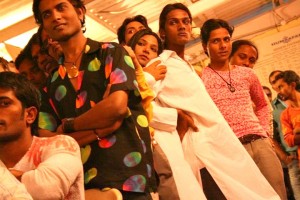By Hadley Robinson, for PRI’s The World (class of 2012)
GUJARAT, India, July 5, 2012—In western India, in the state of Gujarat, lies the small town of Chhota Udaipur. Many people from the Rathwa tribe live here. Down a narrow dirt road, past cotton plants and piles of harvested corn husks, 80-year-old Latu Rutia rises from the cot on his back porch. Rutia wears just a loincloth and an earring. He speaks in his native language of Ratwee. Rutia says in the schools his grandchildren attend they are taught in the state language, Gujarati. “They are forced to speak differently,” he says.
Rutia worries that elements of the Rathwee language are trickling away, even though it’s believed there are nearly a million speakers. However, the number of speakers may be less important than how and where the language is spoken.
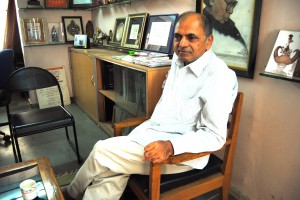
Dr. Ganesh Devy initiated the People's Linguistic Survey of India and came up with its unique format, which includes the grammar of the language, the folklore and how the language explains time and color.
That’s where the People’s Linguistic Survey of India comes in. They have field workers spread across the country documenting Rathwee and hundreds of Indian languages.
Researchers are documenting each language’s characteristics and recording its folk stories and songs. They also note how the languages describe time and color. For example, the Rathwee language labels various stages of dawn — when the cock crows as one part, and when the birds start moving, another.
…

